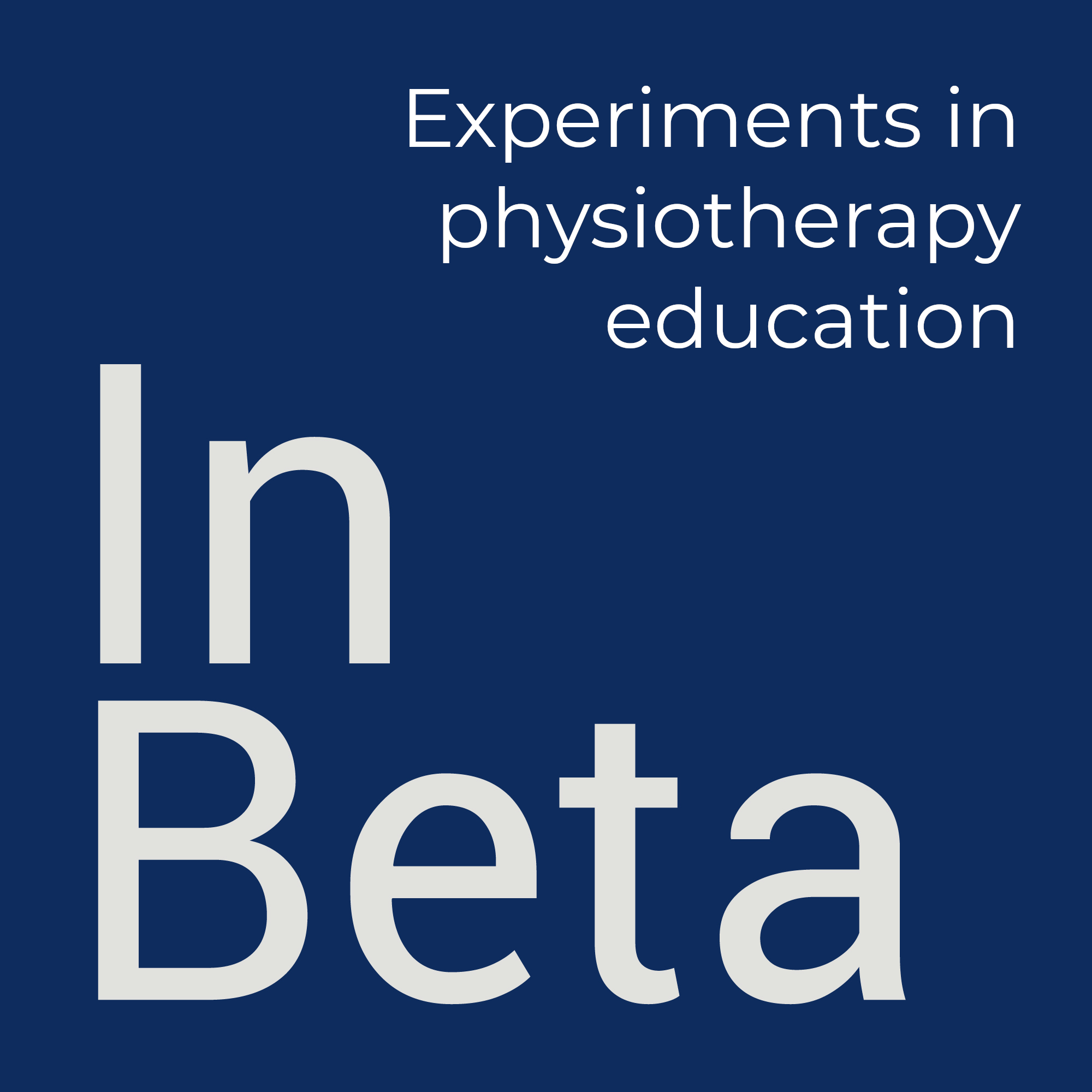Why shouldn’t people be able to teleport wherever they want?
Palmer Luckey
Introduction
I think we’re going to see more and more discussion around virtual reality (VR) in higher and professional education, particularly with respect to the increasing enthusiasm for simulation. And while I’m all-in on the potential of VR for both student and staff development, I also think that successful integration of this technology carries a non-trivial level of risk. Not necessarily high-stakes risk but a huge waste of time and money. Simulation with VR – or any kind of VR experience – in professional education, tends to be an ad hoc, isolated and discrete interaction, disconnected from the rest of the programme. Evaluation tends to highlight student self-report of changes in confidence and satisfaction. Again, I’m excited at the potential of VR, but I think we can approach its integration into HPE with more rigour and structure.
Podcast
Perry, L. (n.d.). David Chalmers on Reality+: Virtual Worlds and the Problems of Philosophy. Future of Life podcast.
David Chalmers, Professor of Philosophy and Neural Science at NYU, joins us to discuss his newest book Reality+: Virtual Worlds and the Problems of Philosophy. Topics discussed in this episode include:
- Virtual reality as genuine reality
- Why you can live a good life in VR
- Why we can never know whether we’re in a simulation
- Consciousness in virtual realities
- The ethics of simulated beings
While this episode isn’t focused on virtual reality in the educational context, David Chalmers explores a wide range of the philosophical implications of virtual worlds on our experience as human beings. I’ve included it here because it provides a perspective on virtual worlds that may serve as a threshold helps us to see VR in a very different light. From Chalmers’ perspective, VR is far more than a novelty and needs to be treated with an appropriate level of seriousness.
Article
Lie, S. S., Helle, N., Sletteland, N. V., Vikman, M. D., & Bonsaksen, T. (2023). Implementation of Virtual Reality in Health Professions Education: Scoping Review. JMIR Medical Education, 9(1), e41589.
Conclusions: Virtual reality implementation in health professions education appears to be a new and underexplored research field. This scoping review has several limitations, including definitions and search words, language, and that we did not assess the included papers’ quality. Important implications from our findings are that ensuring faculty’s and students’ competence in using virtual reality technology is necessary for the implementation processes. Collaborative participation by including end users in the development process is another factor that may ensure successful implementation in higher education contexts. To ensure stakeholders’ motivation and potential to use virtual reality, faculty and students could be invited to participate in the development process to ensure that the educational content is valued. Moreover, technological challenges and usability issues should be resolved before implementation to ensure that pedagogical content is the focus. This accentuates the importance of piloting, sufficient time resources, basic testing, and sharing of experiences before implementation.
There’s an increasing level of interest in exploring the potential of virtual reality in higher and professional education settings. But there’s not much discussion on the logistical, administrative, and faculty development aspects. In addition, the technology can’t simply be dropped into existing programmes; it requires that pedagogical changes also take place. Unfortunately, the novelty aspect of this new technology is especially powerful, possibly because it is so immersive. This scoping review covers a wide range of factors to consider before starting to experiment with VR.
Resource
How virtual reality tricks your brain. Vox media.
VR doesn’t need to look hyper-realistic for our brains to believe it. Watching someone play a game in virtual reality is a bit of a surreal experience in itself. They swing their arms around, turn their heads, and twist their bodies reacting to invisible cues all around them. From outside the headset, you might be able to see their experience on a screen. But it’s hard to believe that they could become so immersed in a virtual world that they lose track of reality around them — and yet it happens all the time. The internet is full of “virtual reality fails” — people falling into walls and crashing through their TVs, much to their families’ disbelief. Virtual reality harnesses our perception in ways video games and other media can’t.
There’s a lot to be said for the value of putting on a VR headset and getting a first-person experience. Until I put on a headset and had the subjective feeling of immersion, I’d always thought of VR as just another technology, like social media, or YouTube. But there’s something qualitatively different about VR, which is hard to describe. Our brains are wired to simply trust what’s coming in through our eyes and ears, and when those senses are passing information from the VR headset into our brains, it’s hard not to suspend our disbelief and sign on to the fiction contract.
